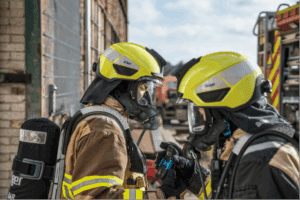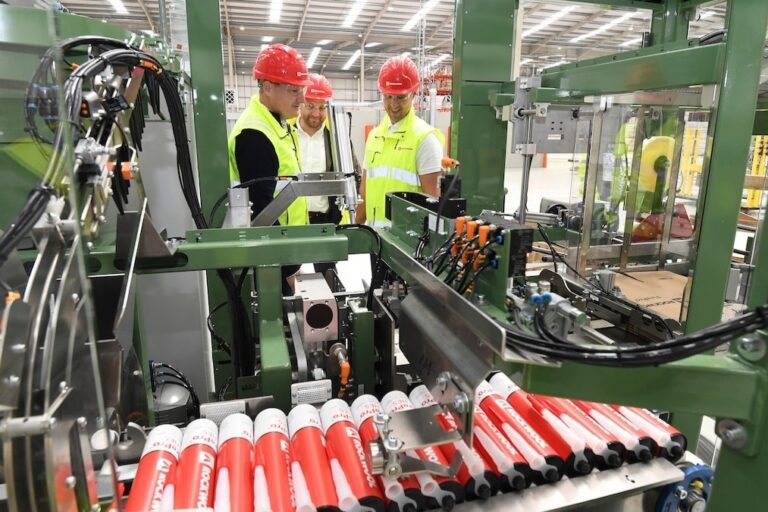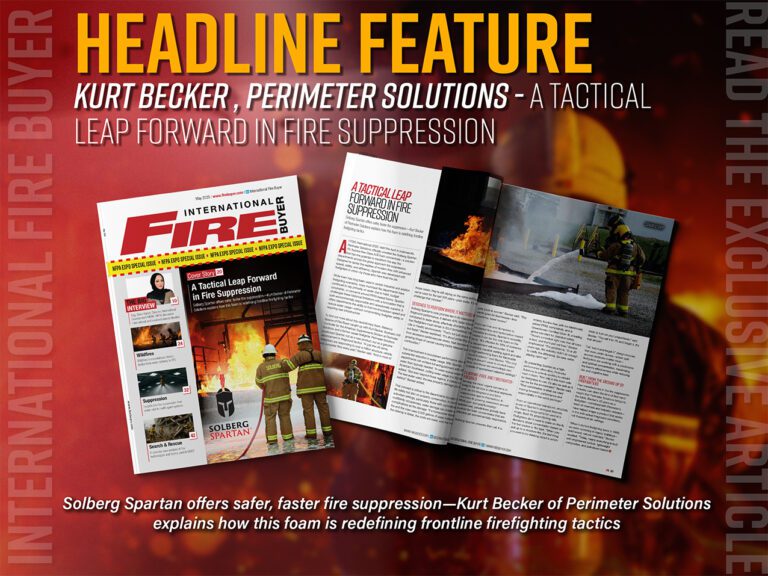By Rob Norton, UK Director, PlanRadar[1]
Imagine a world where vacant office spaces could provide homes for the 1.3 million people[2] in England waiting for social housing. This vision is gradually becoming a reality, with developers across the country transforming disused office buildings into much-needed residential spaces.
However, while these conversions offer a promising solution to both the housing crisis and rising office vacancies, they bring with them a significant challenge – how to ensure fire safety requirements are followed and the highest standards are met.
The introduction of new 2024 amendments to Class MA permits has accelerated these office-to-home conversions, allowing for faster transformations with fewer planning hurdles.
This regulatory shift also raises critical questions about the safety of adapting commercial spaces for residential use. Fire safety is at the forefront of these concerns, and asset owners and developers face the complex task of retrofitting offices in spaces originally designed for an entirely different purpose. There’s also a wider risk – that key areas of fire safety become overlooked, if not carefully managed from the outset.
Hazard Perception
So, what are some of the hazards that developers should be aware of?
Open to Danger – Firstly, it’s important to recognise that, unlike homes, offices are often designed with open-plan layouts, wide spaces, and limited compartmentation, which is a critical feature in preventing the spread of fire. In a commercial setting, these designs function well, but when transformed into homes, they can leave residents vulnerable to fire hazards.
Means of Escape – Much of the UK’s office building stock was designed with environment-specific escape routes, such as spiral staircases or single exits, which may not be suitable for residential use. During a fire, these types of exits can create bottlenecks, preventing safe and timely evacuation. Adapting these buildings requires detailed planning to ensure compliance with residential fire safety standards, such as BS 9991 and Approved Document B, which govern the means of escape for new homes.
Ventilation and Smoke Spread – Open-plan offices also tend to rely on mechanical ventilation systems, which can exacerbate the spread of smoke in the event of a fire. When undertaking a residential conversion, these ventilation systems need to be reconsidered and upgraded to manage smoke control effectively. Failure to address this can result in life-threatening conditions during a fire emergency.
The role of regulatory pressure
As the regulatory landscape continues to evolve, developers are under increasing pressure to ensure that converted office buildings comply with the latest fire safety standards. New regulations, such as the Fire Safety (England) Regulations 2022 and the Building Safety Act, place heightened scrutiny on these projects. Developers must also consider the potential for the scope of regulations to expand to buildings under 18 metres.
A systematic approach
One of the most effective ways to navigate the complexities of fire safety in office-to-home conversions is through the use of digital platforms. Technology can help developers streamline their processes, log fire safety checks and manage compliance in real time.
It’s the reason why platforms like PlanRadar are constantly being adapted based on customer feedback – to enable teams to create a ‘Golden Thread’ of safety information, ensuring that all fire safety measures are properly documented and accessible throughout the building’s lifecycle.
With real-time reporting and task management features, these platforms enhance accountability and efficiency, allowing developers to focus on maintaining rigorous fire safety standards while saving valuable time. This approach also negates the chance of costly reworks to rectify work at a later date.
[1] https://www.planradar.com/gb/
[2] https://www.bigissue.com/news/housing/social-housing-waiting-list-england-shelter/#:~:text=Government%20figures%20show%201.287%20million,the%20pressure%20more%20than%20others.
To read more exclusive articles and latest news, see our last issue here.
Never miss a story… Follow us on:
International Fire Buyer
@Firebuyer
Fire Buyer
Media Contact
Rebecca Spayne Managing Editor, International Fire Buyer
Tel: +44 (0) 1622 823 920
Email: [email protected]




































